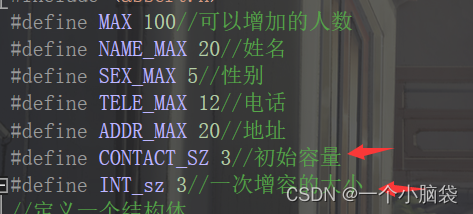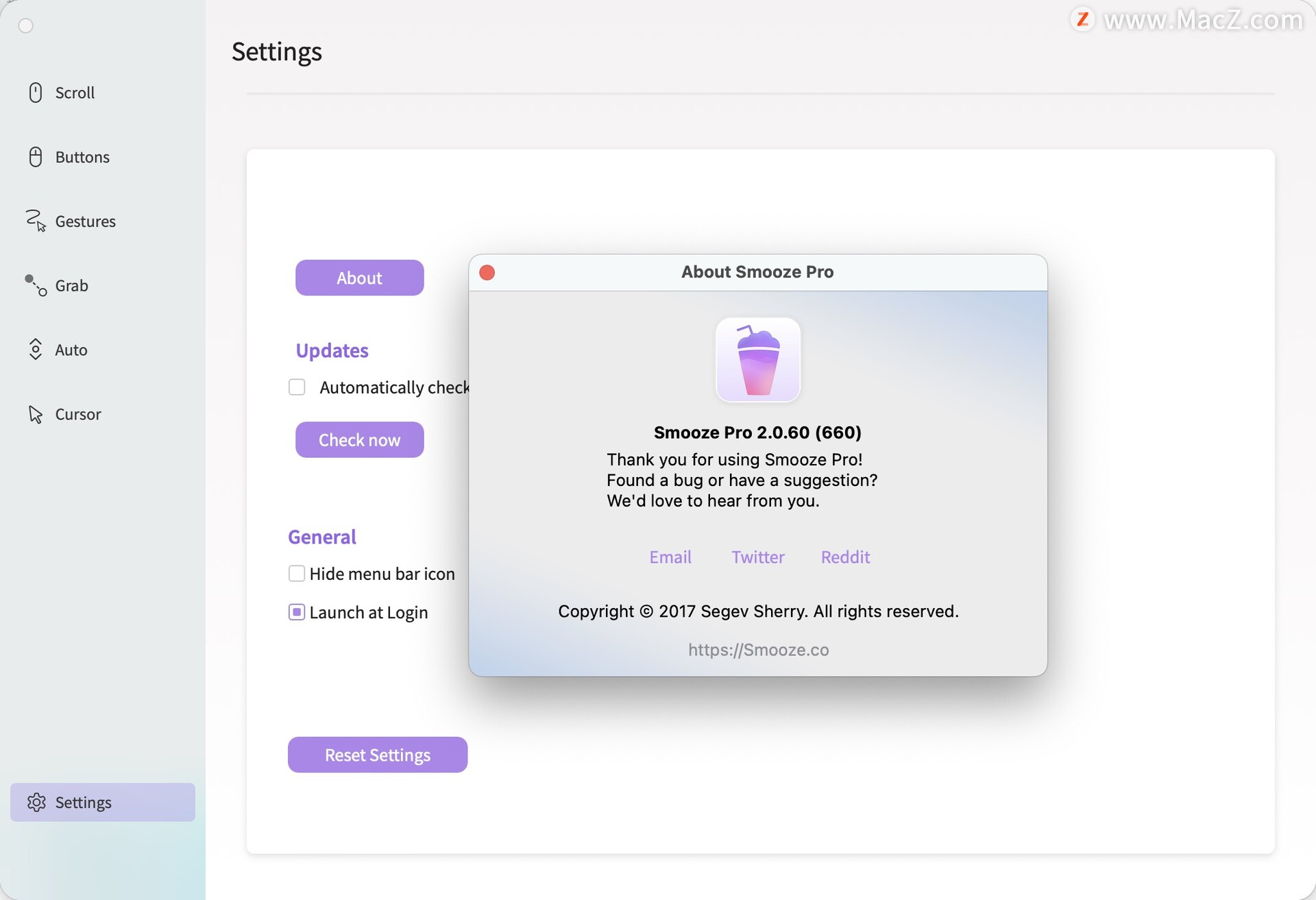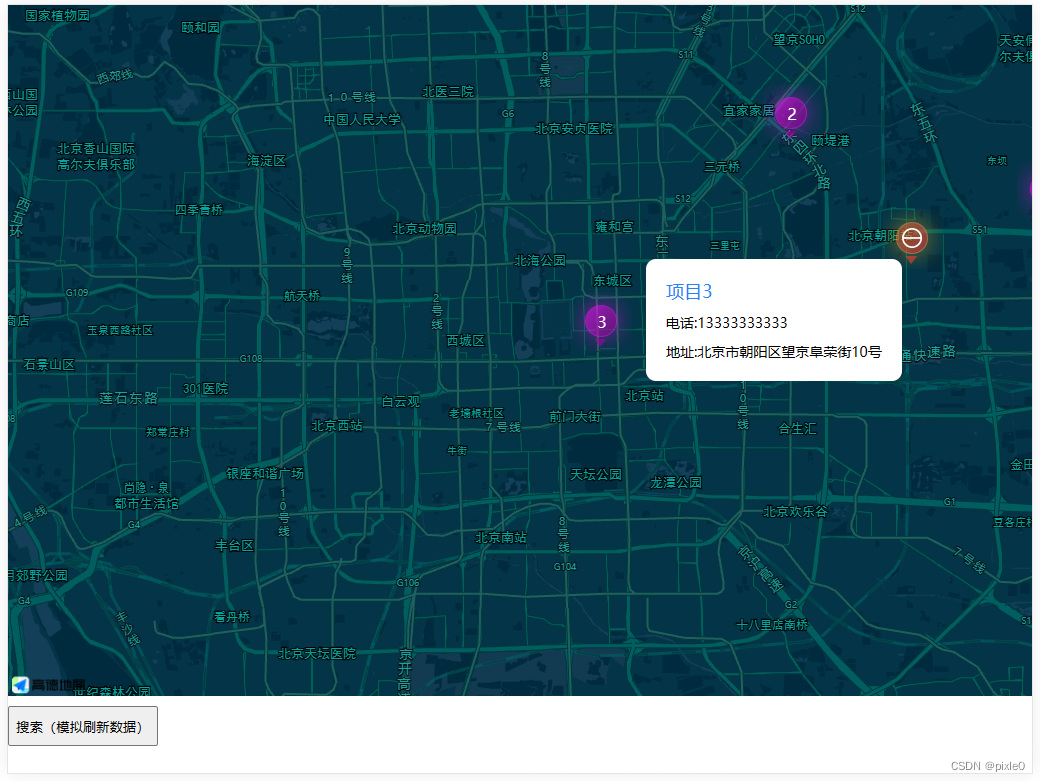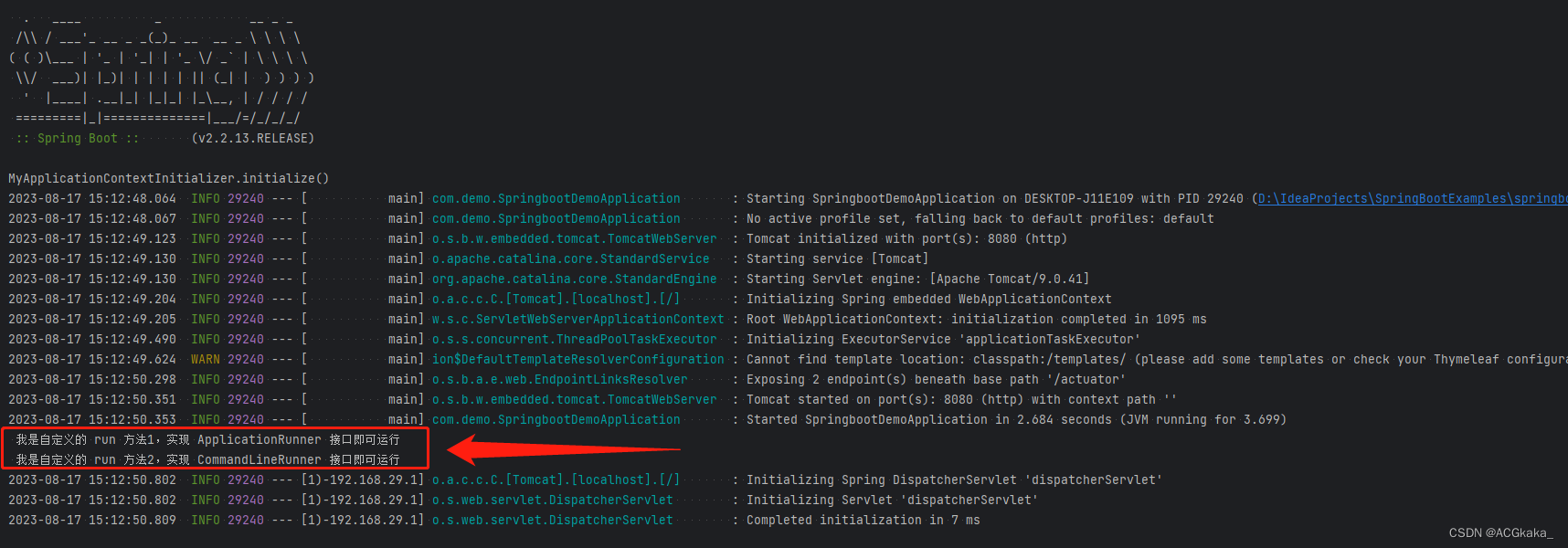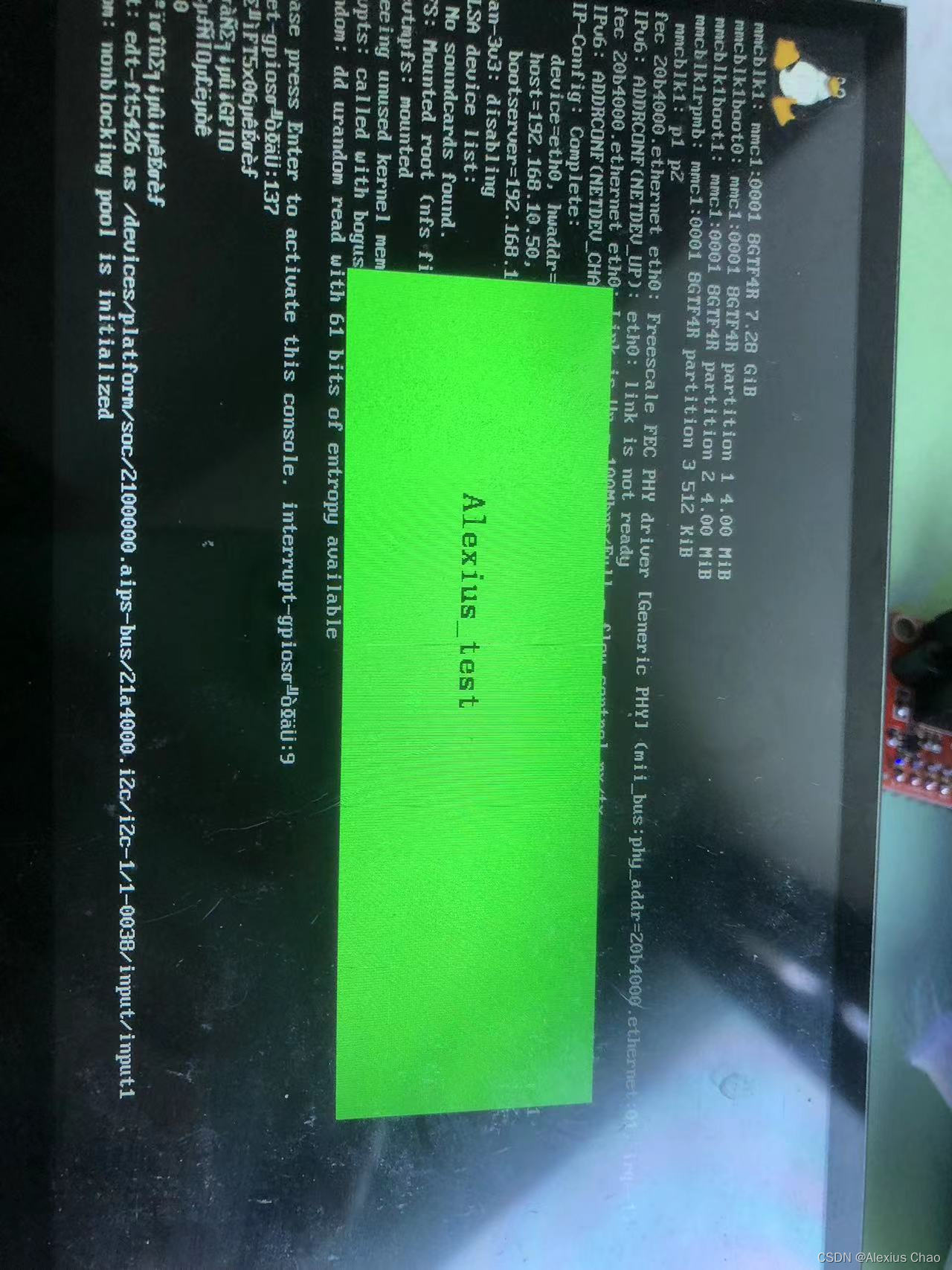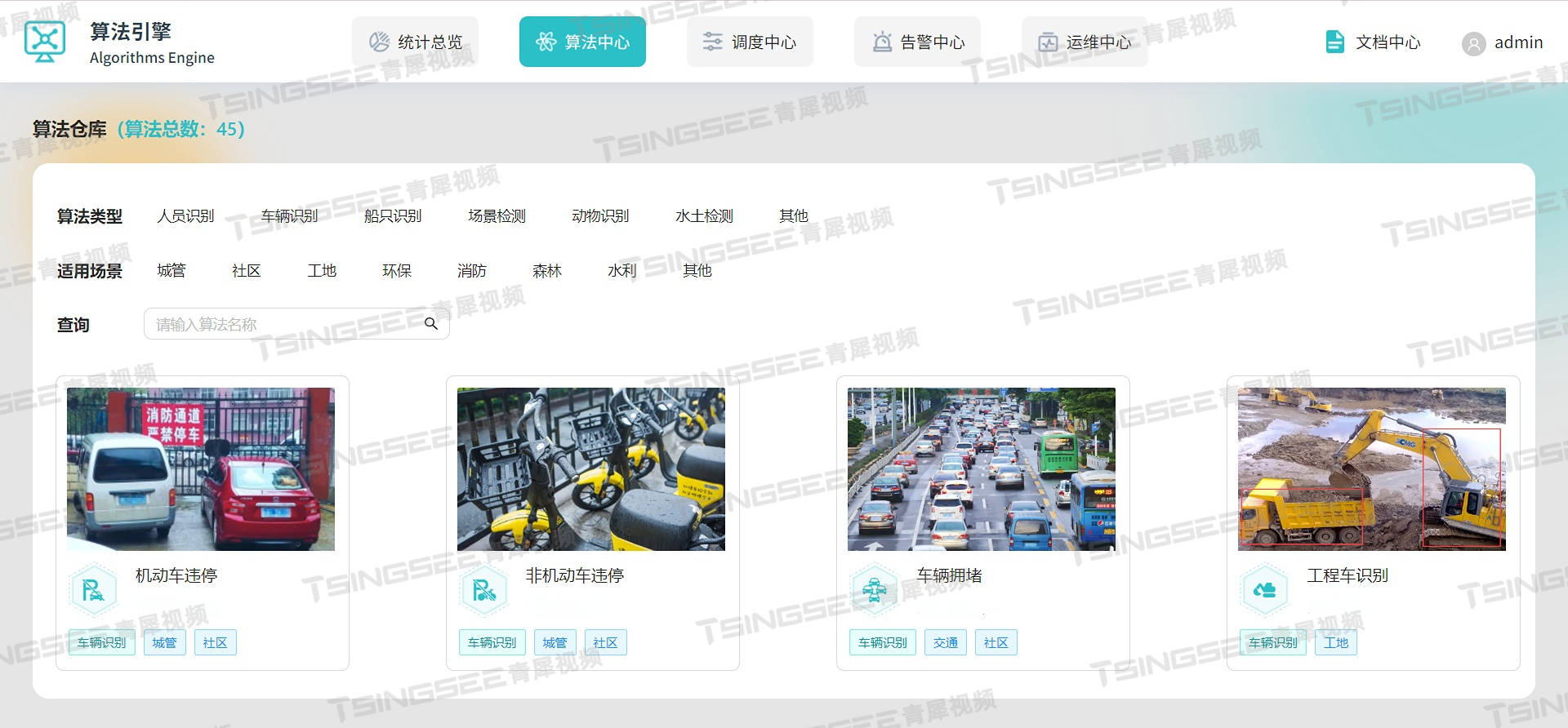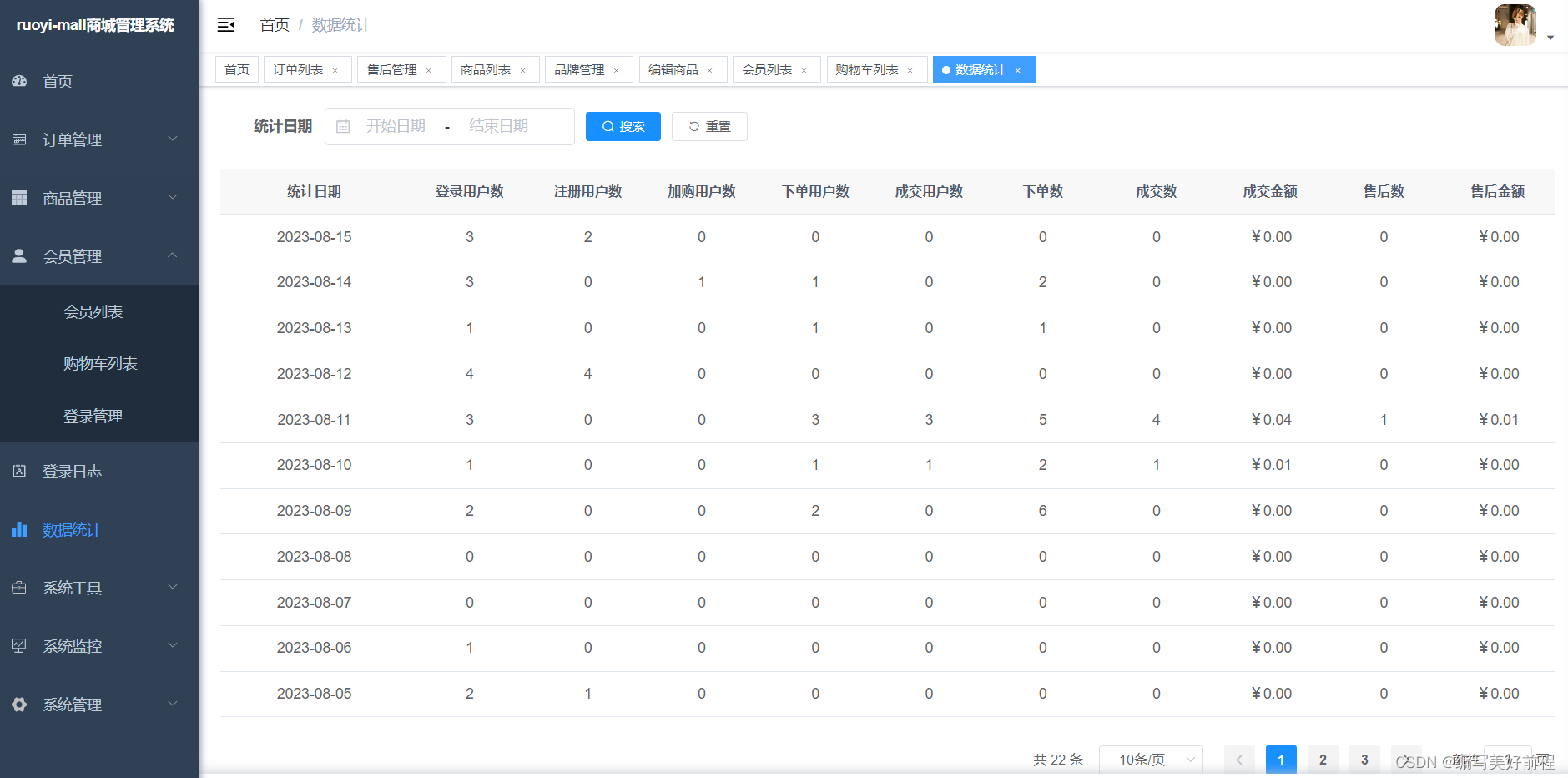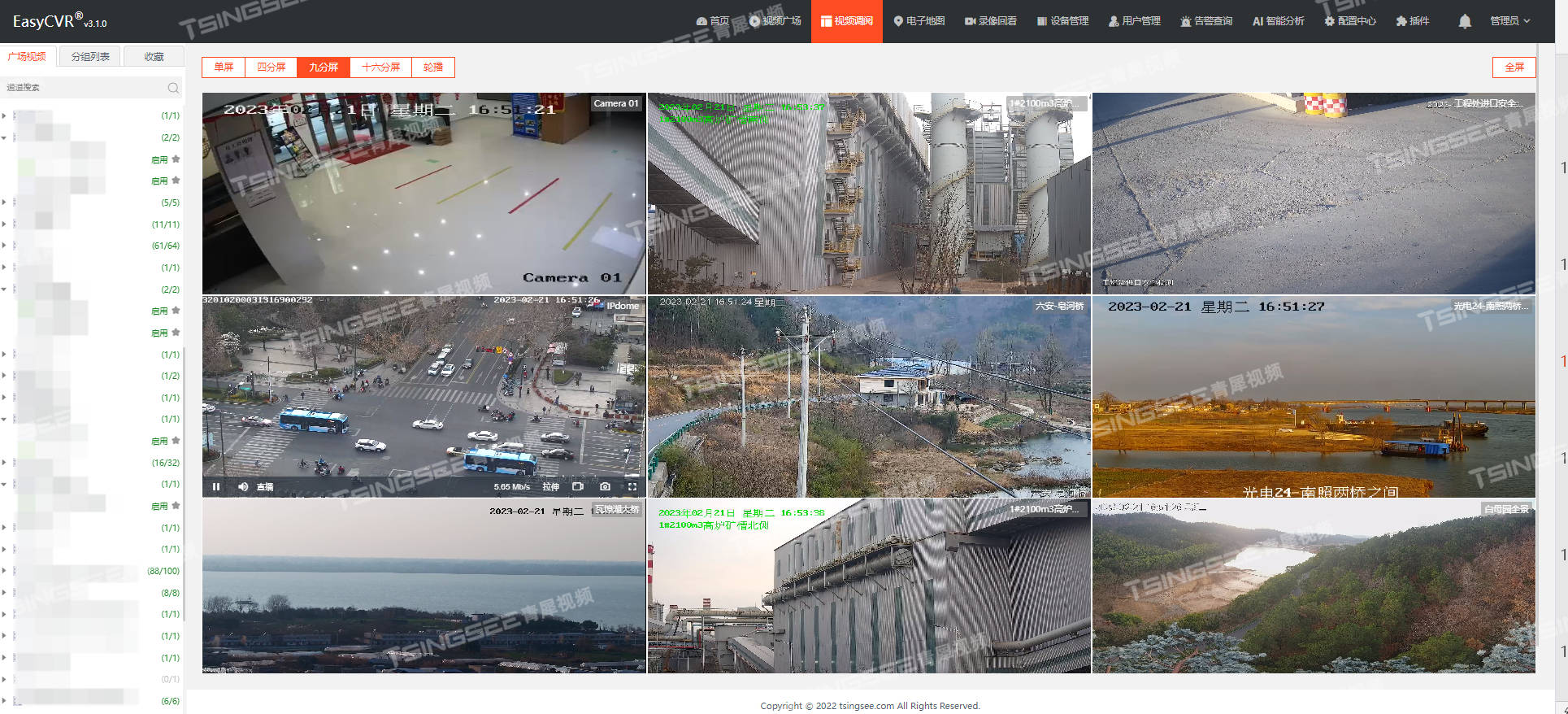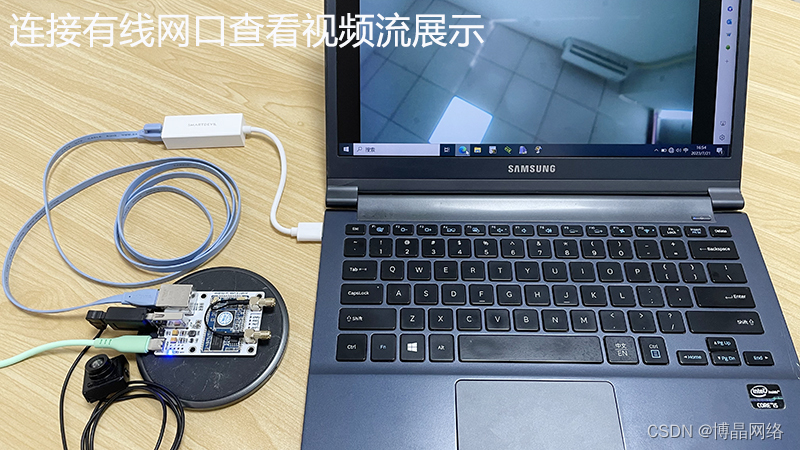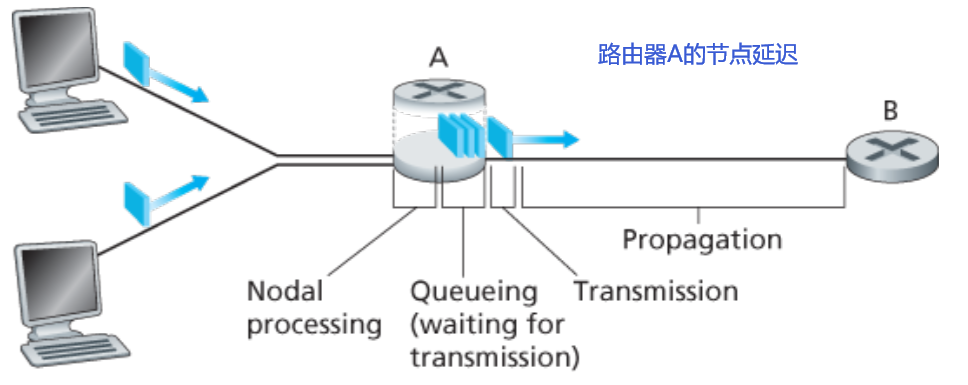概念
逻辑回归是一种用于分类问题的机器学习算法,而梯度下降是优化算法,用于更新模型参数以最小化损失函数。在逻辑回归中,我们使用梯度下降算法来找到最优的模型参数,使得逻辑回归模型能够更好地拟合训练数据。
逻辑回归中的梯度下降算法的步骤:

伪代码
初始化参数向量 theta
重复迭代直到收敛或达到最大迭代次数:
计算模型预测值 h_theta(x)
计算损失函数 J(theta)
计算梯度 ∂J(theta)/∂theta
更新参数 theta: theta := theta - learning_rate * gradient
代码实现
import numpy as np
def sigmoid(z):
return 1 / (1 + np.exp(-z))
def compute_loss(X, y, theta):
m = len(y)
h = sigmoid(X.dot(theta))
loss = (-1/m) * np.sum(y * np.log(h) + (1 - y) * np.log(1 - h))
return loss
def gradient_descent(X, y, theta, learning_rate, num_iterations):
m = len(y)
losses = []
for _ in range(num_iterations):
h = sigmoid(X.dot(theta))
gradient = X.T.dot(h - y) / m
theta -= learning_rate * gradient
loss = compute_loss(X, y, theta)
losses.append(loss)
return theta, losses
# 生成一些模拟数据
np.random.seed(42)
X = np.random.randn(100, 2)
X = np.hstack((np.ones((X.shape[0], 1)), X))
theta_true = np.array([1, 2, 3])
y = (X.dot(theta_true) + np.random.randn(100) * 0.2) > 0
# 初始化参数和超参数
theta = np.zeros(X.shape[1])
learning_rate = 0.01
num_iterations = 1000
# 执行梯度下降
theta_optimized, losses = gradient_descent(X, y, theta, learning_rate, num_iterations)
# 打印优化后的参数
print("优化后的参数:", theta_optimized)
# 绘制损失函数下降曲线
import matplotlib.pyplot as plt
plt.plot(losses)
plt.xlabel('迭代次数')
plt.ylabel('损失')
plt.title('损失函数下降曲线')
plt.show()
